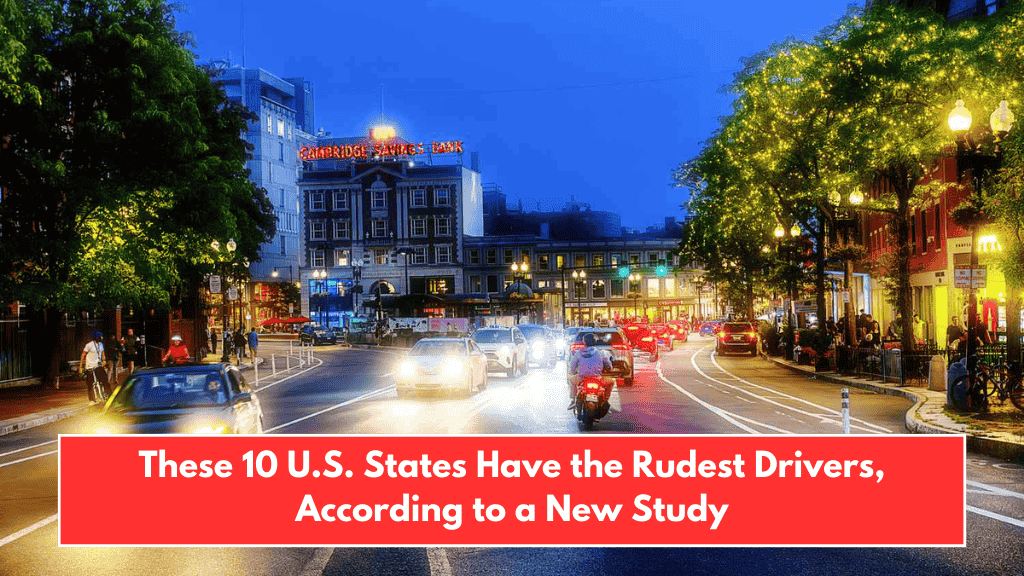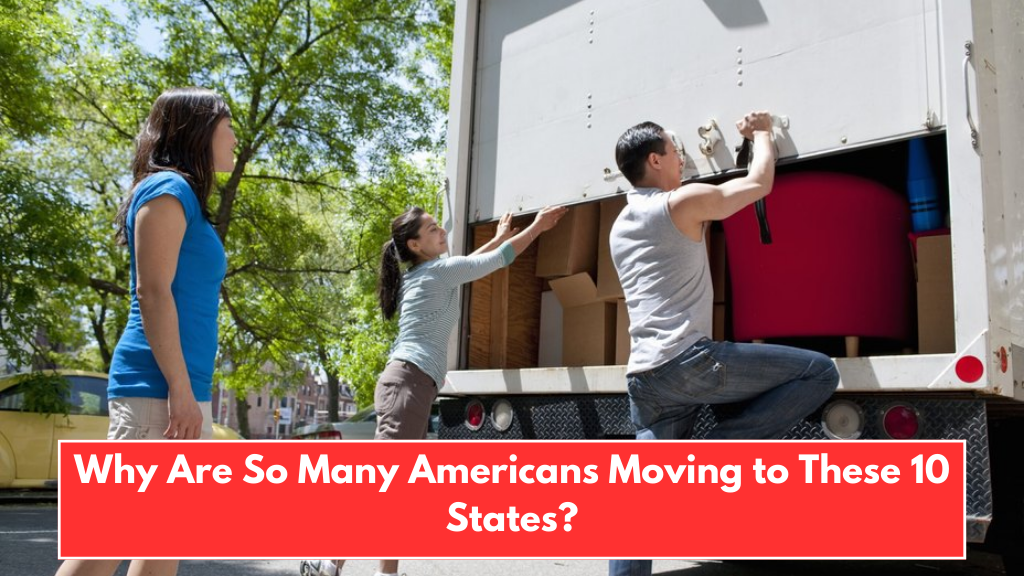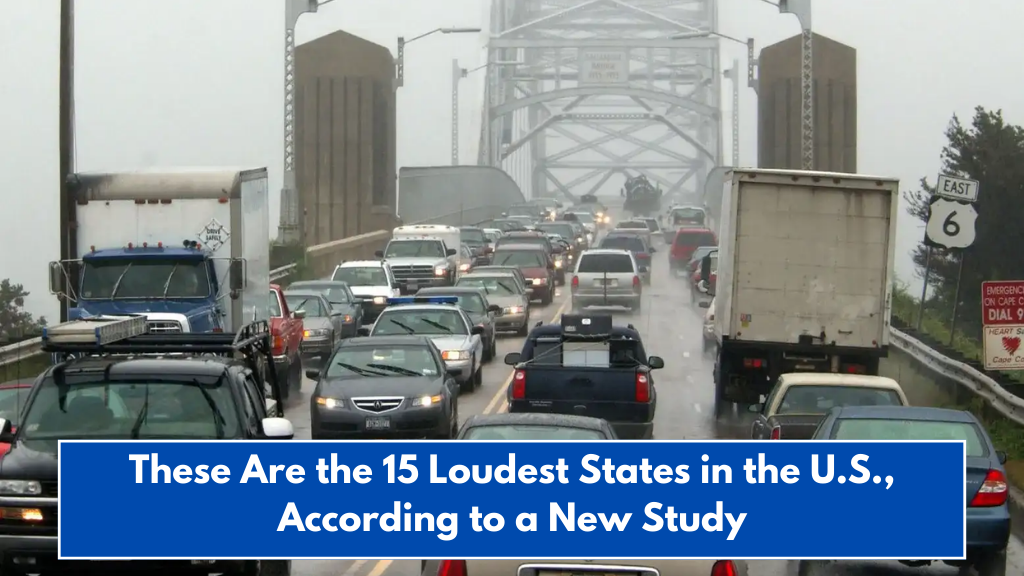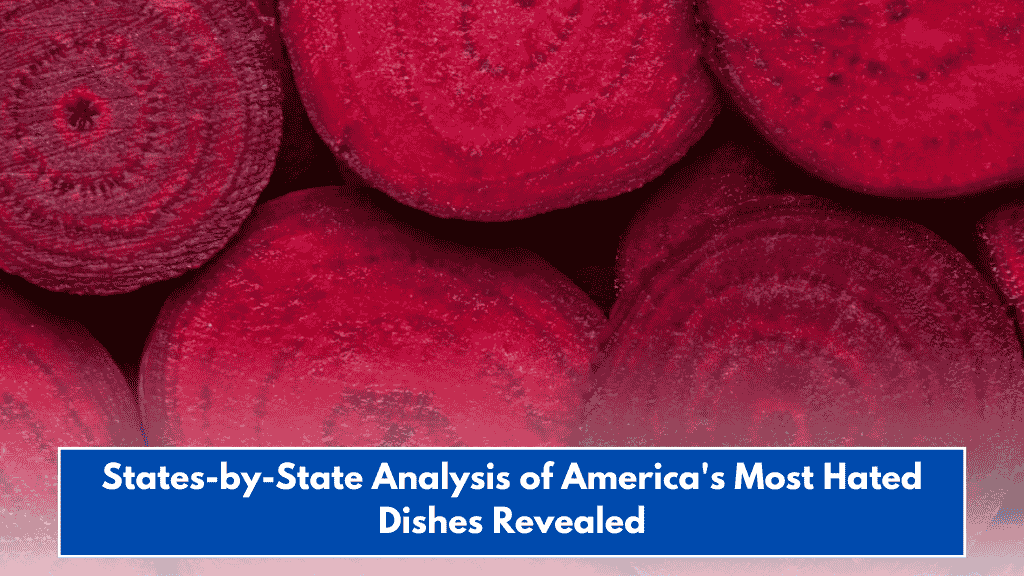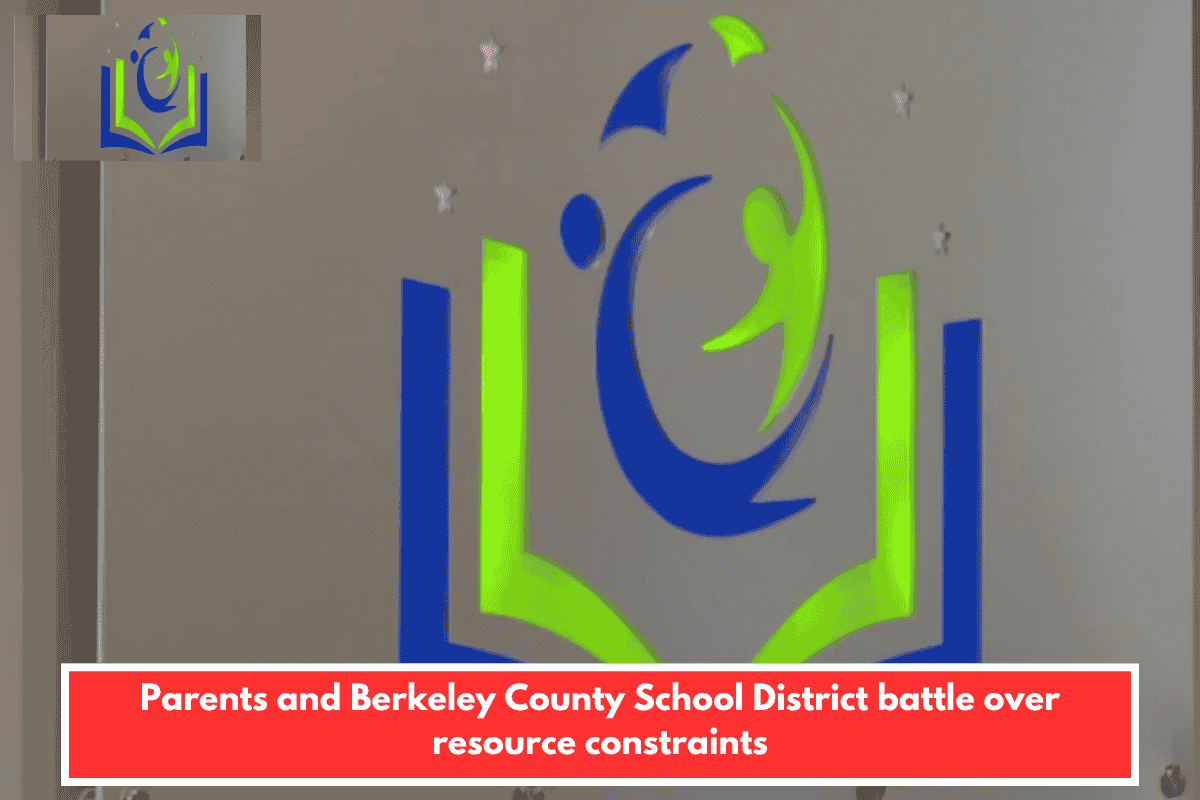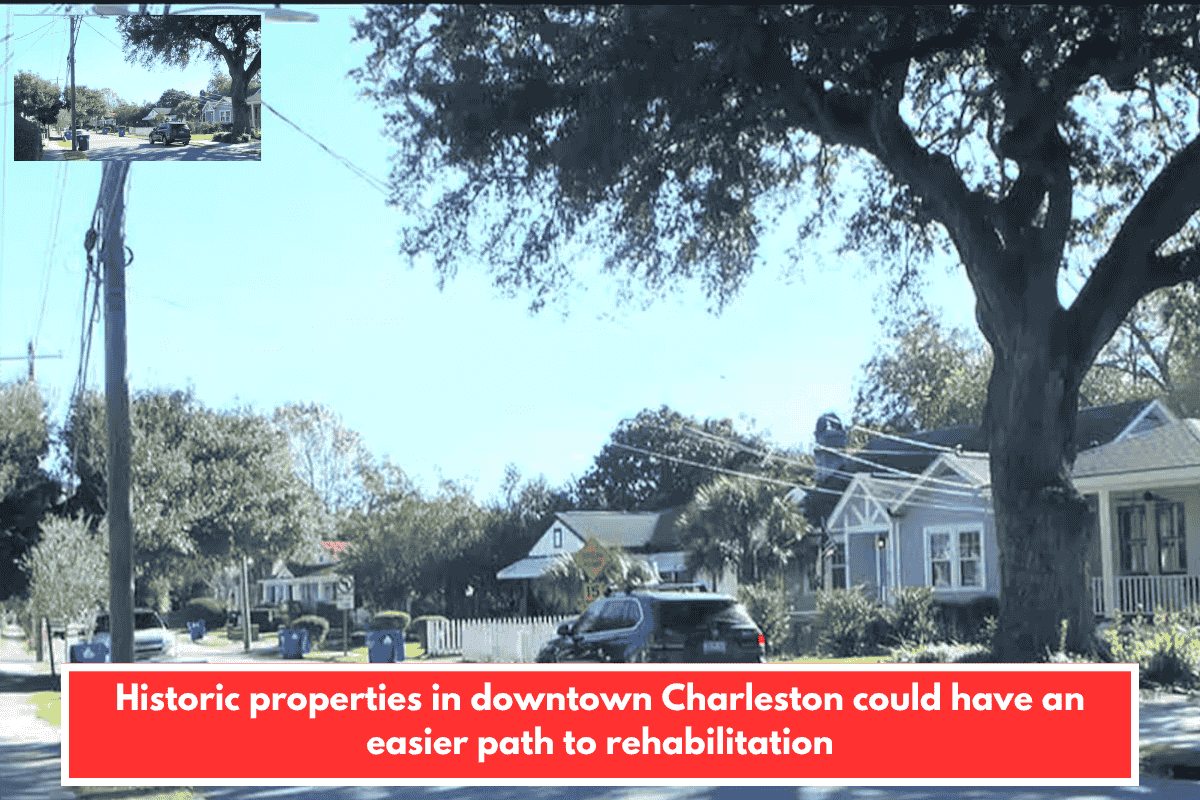If you’ve ever driven on American roads, you probably know that not every driver follows the rules. Some drivers are polite and careful — others, not so much. But did you know that rude drivers may be more common in some U.S. states than others?
A new study by Insurify, based on over 4.6 million car insurance applications in 2022, has revealed which states have the rudest drivers in America. And yes, Virginia made it into the top five.
Let’s take a look at how they measured rudeness, and which states topped the list.
How Did They Measure Rude Driving?
Insurify checked millions of driver records for specific violations that are commonly seen as “rude” or careless. These include:
- Failure to yield
- Failure to stop (at stop signs or red lights)
- Improper backing
- Passing where not allowed
- Tailgating (driving too close to another car)
- Street racing
- Hit-and-run accidents
Across the U.S., about 1.68% of drivers had at least one of these violations. But in the top 10 rudest states, drivers were cited for these behaviors at rates about 1.6 times higher than the national average.
Let’s look at the 10 worst states for rude driving, starting with the most disrespectful.
1. Idaho
Rude Driver Rate: 3.44%
Most Common Violation: Failure to stop at stop signs (81% above the national average)
Idaho ranks first for the highest number of rude drivers. Over 3 out of every 100 drivers in Idaho have been cited for rude behavior, especially ignoring stop signs.
2. Alaska
Rude Driver Rate: 2.99%
Most Common Violation: Failure to stop at red lights (172% above the national average)
Alaska drivers have a high rate of red light violations, making them one of the most reckless on the list.
3. Wisconsin
Rude Driver Rate: 2.95%
Most Common Violation: Failure to stop at stop signs (89% above the national average)
Wisconsin drivers are especially careless at intersections, often ignoring stop signs.
4. Virgini
Rude Driver Rate: 2.82%
Most Common Violation: Failure to stop at stop signs (45% above the national average)
Virginia drivers have a reputation for not stopping where they should — and that’s earned them a top-five spot.
5. Ohio
Rude Driver Rate: 2.68%
Most Common Violation: Failure to stop at stop signs (75% above the national average)
Ohio joins the list due to frequent stop sign violations, reflecting a trend of impatient or careless driving.
6. Nebraska
Rude Driver Rate: 2.61%
Most Common Violation: Failure to stop at stop signs (47% above the national average)
Despite being a quieter state, Nebraska still has a large number of rule-breaking drivers.
7. Georgia
Rude Driver Rate: 2.56%
Most Common Violation: Failure to stop at stop signs (48% above the national average)
In Georgia, drivers often ignore stop signs, making streets less safe for everyone.
8. Wyoming
Rude Driver Rate: 2.52%
Most Common Violation: Failure to stop at stop signs (65% above the national average)
Even in wide-open Wyoming, rude driving is a real problem, especially at intersections.
9. Montana
Rude Driver Rate: 2.38%
Most Common Violation: Failure to stop at stop signs (68% above the national average)
Montana drivers often ignore traffic rules, especially when it comes to stopping.
10. North Dakota
Rude Driver Rate: 2.31%
Most Common Violation: Failure to stop at stop signs (136% above the national average)
Surprisingly, North Dakota closes the list with drivers who are over twice as likely to ignore stop signs compared to the national average.
This study shows that not all drivers are the same across the U.S. While some states are known for friendly behavior, others have more rule-breakers on the road. Ignoring stop signs, red lights, and tailgating are all risky behaviors that not only break laws but also put lives at risk.
Whether you’re driving in Virginia, Idaho, or anywhere else, it’s important to stay alert and drive responsibly — no matter how others behave. After all, road safety depends on all of us.

